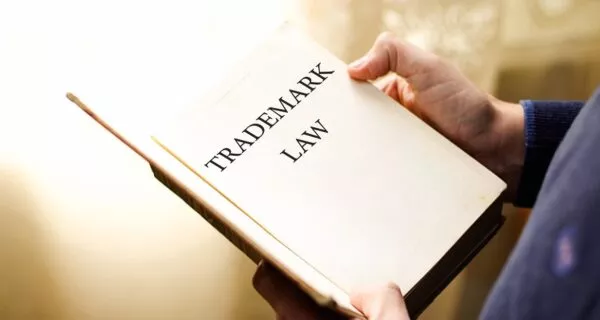As previously discussed, use of another company’s trademarks, including those of a competitor, is sometimes possible, even without the owner’s express permission, if the marks are used in a truthful, non-deceptive way as a means of referring to the company which owns the trademarks. Such use is known as “nominative fair use,” which is an affirmative defense provided under U.S. trademark law.
Nominative fair use commonly arises when the trademarks of other companies are used by third parties in comparative advertisements (ads that compare one company to another). Use of comparative ads does raise the risk that claims of false advertisement and trademark infringement will be made, and for this reason, companies should proceed with caution by first conducting a careful risk-benefit analysis and consulting with legal counsel.
Assuming a company has assessed and is comfortable with the risk associated with comparative ads, the following suggestions may help to support a defense of nominative fair use (in the event of an infringement claim) and promote staying on advertising’s truthful side:
- Any claims made in the advertisement must be factually true.
- There should be documented proof to support the claims before making them. Being able to prove a statement after the fact (i.e., “we could prove it if we really needed to”) is not likely enough to provide protection—so it is best that proof of the claims are documented and saved before the claims are made.
- The ad’s comparison should be a fair, “apples to apples” comparison.
- If the comparison assumes certain facts, those assumed facts should be clearly stated in the ad in a way that is easily visible to consumers.
- Since false advertising can be based on both affirmative statements and omitted information, carefully consider whether the ad might possibly give consumers a false impression of a product or service, or that of a competitor, by virtue of omitting certain information from the ad.
- Similarly, because false advertising can be based on express or implied ad claims, consider whether the ad makes any implied claims, and if so, whether those implied claims follow these guidelines.
Although there is always some level of risk involved when using another company’s trademarks, when such use is made with caution, including by distinguishing the owner’s marks from your own in a truthful and non-misleading way, your defense against of false advertising and trademark infringement will be much stronger. This marketing collateral compliance checklist is also a helpful resource. Seeking the advice of trademark counsel is always a good idea, too.
If you have questions about trademarks in general or use of trademarks in marketing, please contact Wade Savoy at [email protected].
Wade Savoy is a Partner with our sister firm, Patent GC. Wade focuses his practice on the rapidly changing intersection of law and technology. His genuine love and deep knowledge of the law, coupled with 25 years of experience and an intensely practical, business-oriented perspective, define his work helping clients achieve their IP-related goals.
